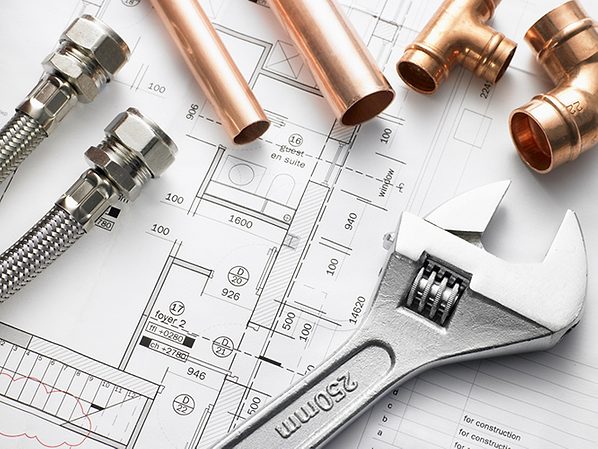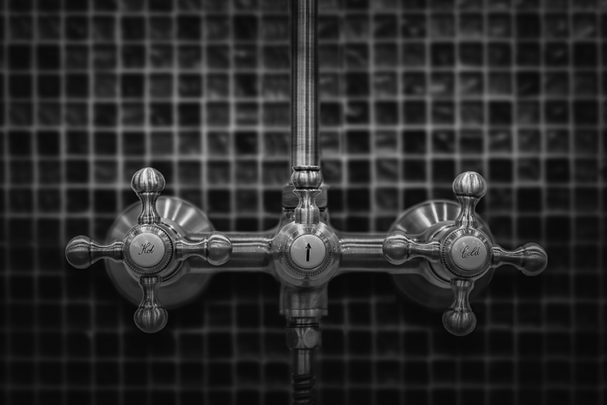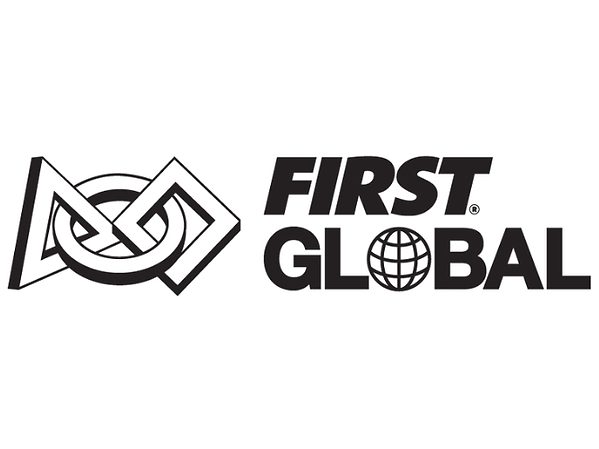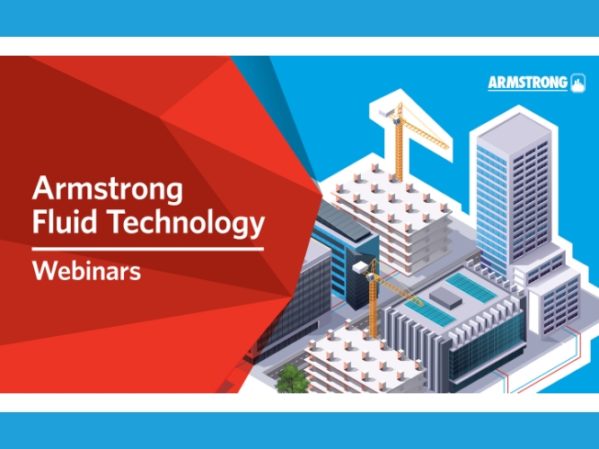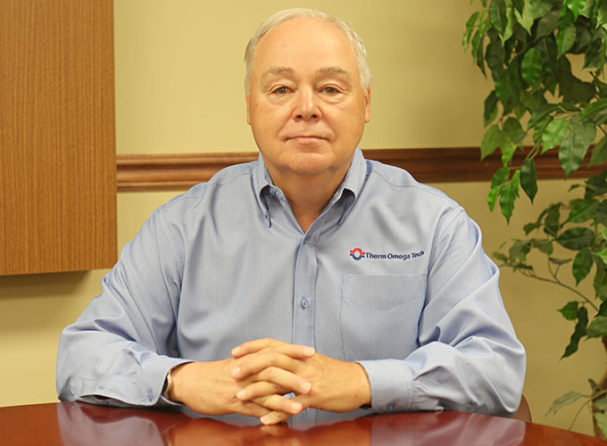Engineering
Feature
The industry has experienced more changes in the last half-century than at any other time.
Read More
Women in Leadership
Celebrating Generations
It is powerful to be a part of a cross-generational team that works together, but it was hard work to get there.
Read More
FPE Corner
Are Sprinklers Required?
Samuel Dannaways’ 2009 FPE column helps determine when to use fire sprinklers. Today, the codes and standards have changed, but the concepts still apply.
Read More
The Future Is Now
50 Years of Respect for People
ASHRAE publishes a standard to control infectious aerosols, and a manufacturer demonstrates how heat batteries help with decarbonization.
Read More
Code Classroom
Plumbing Codes and Standards Have Come a Long Way in 50 Years
Engineers have learned about them in five decades of Plumbing Engineer.
Read More
Feature
A Q&A with ThermOmegaTech’s Tom Ruggierio
The CircuitSolver thermostatic balancing valve has been overcoming water
balancing issues for more than a decade.
Read More
